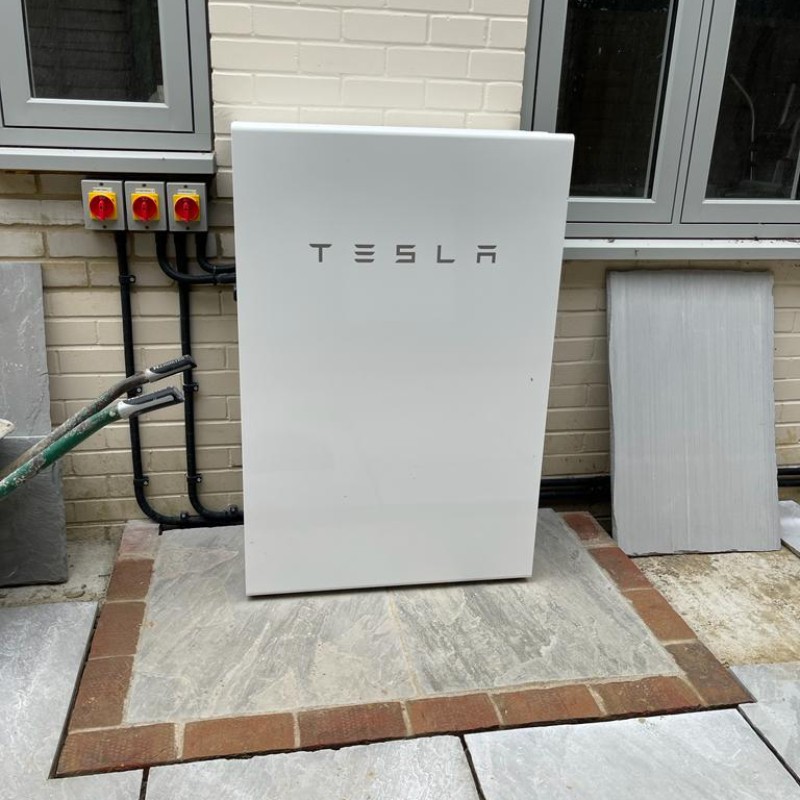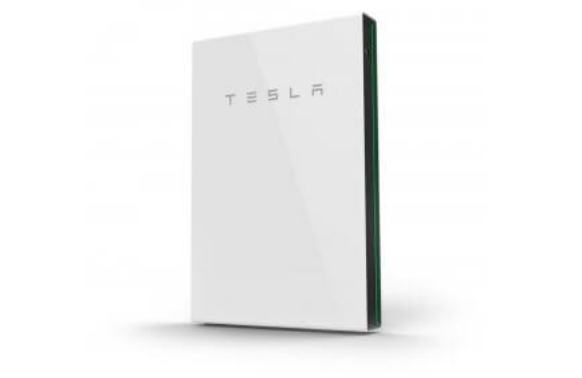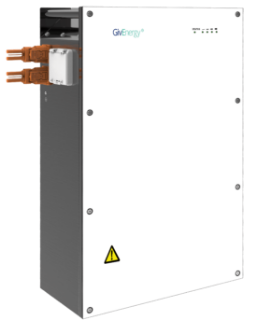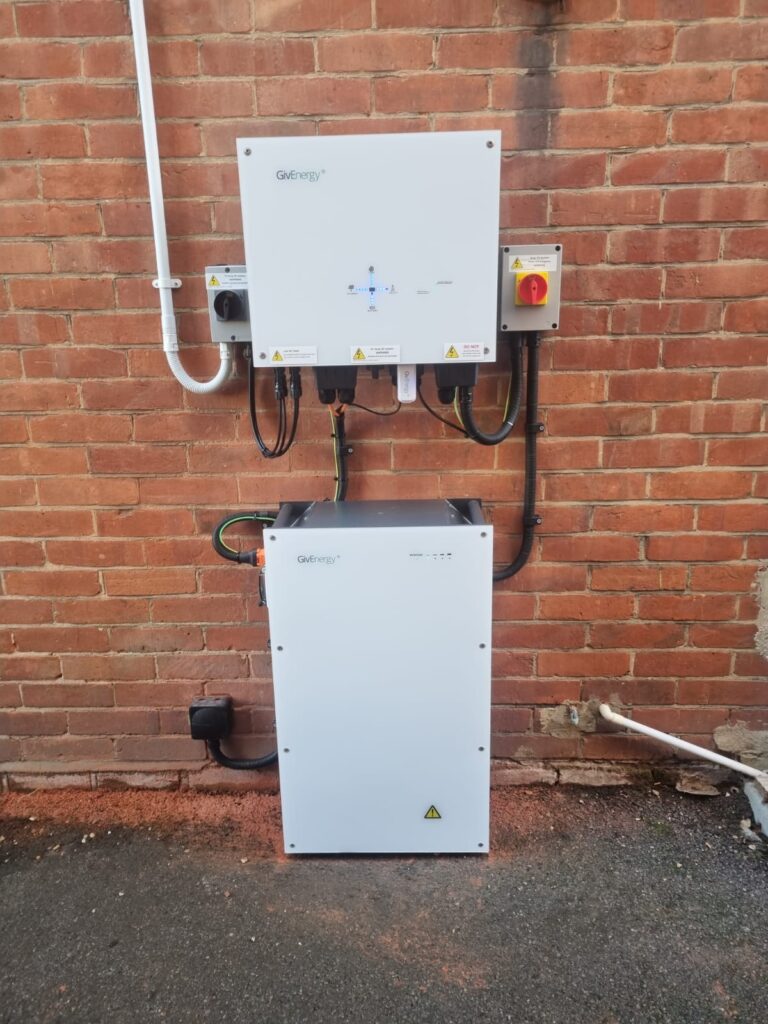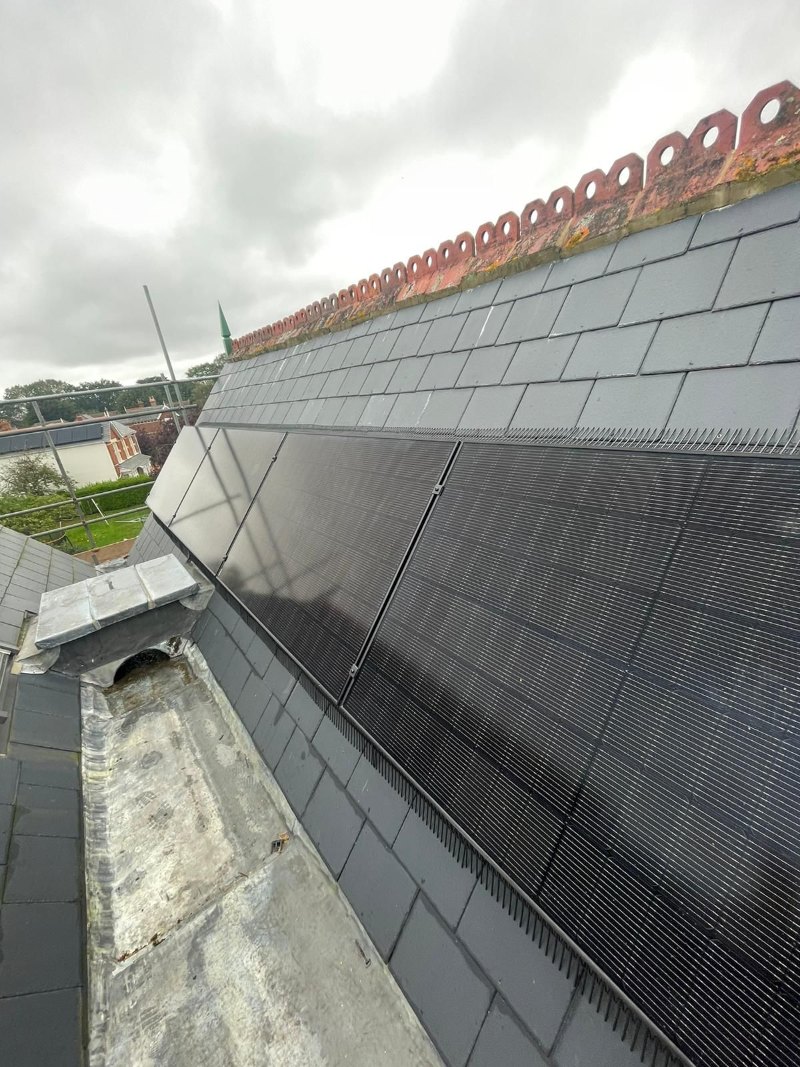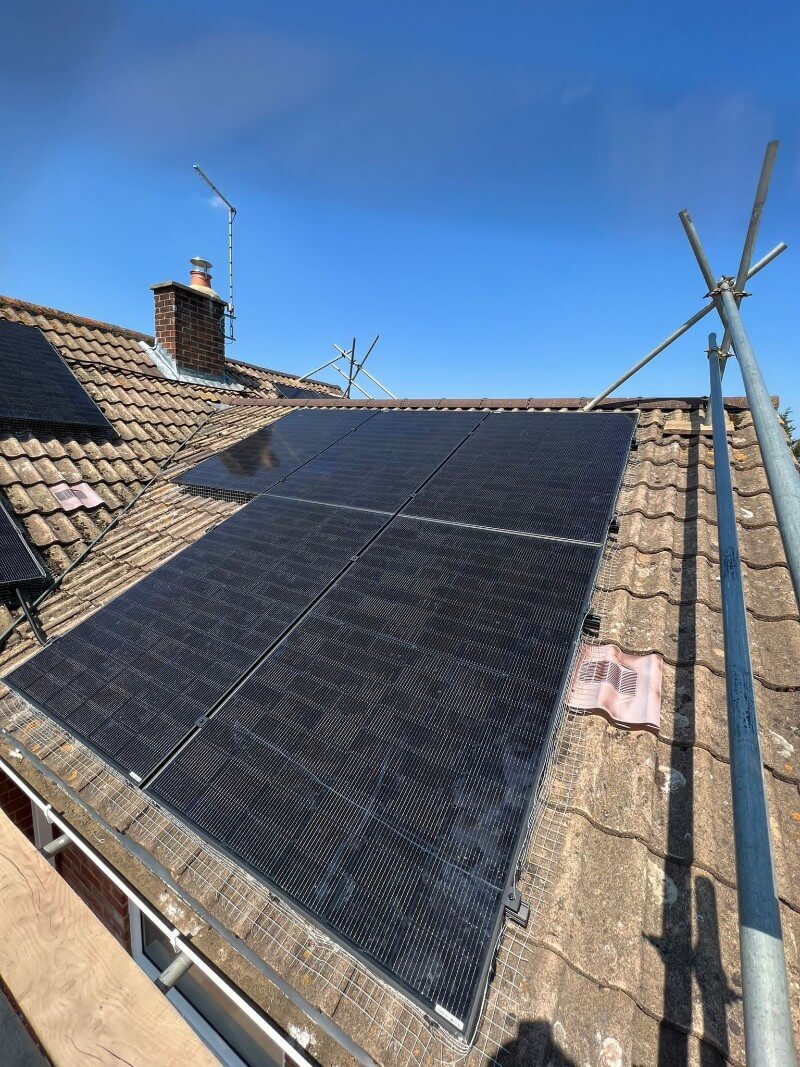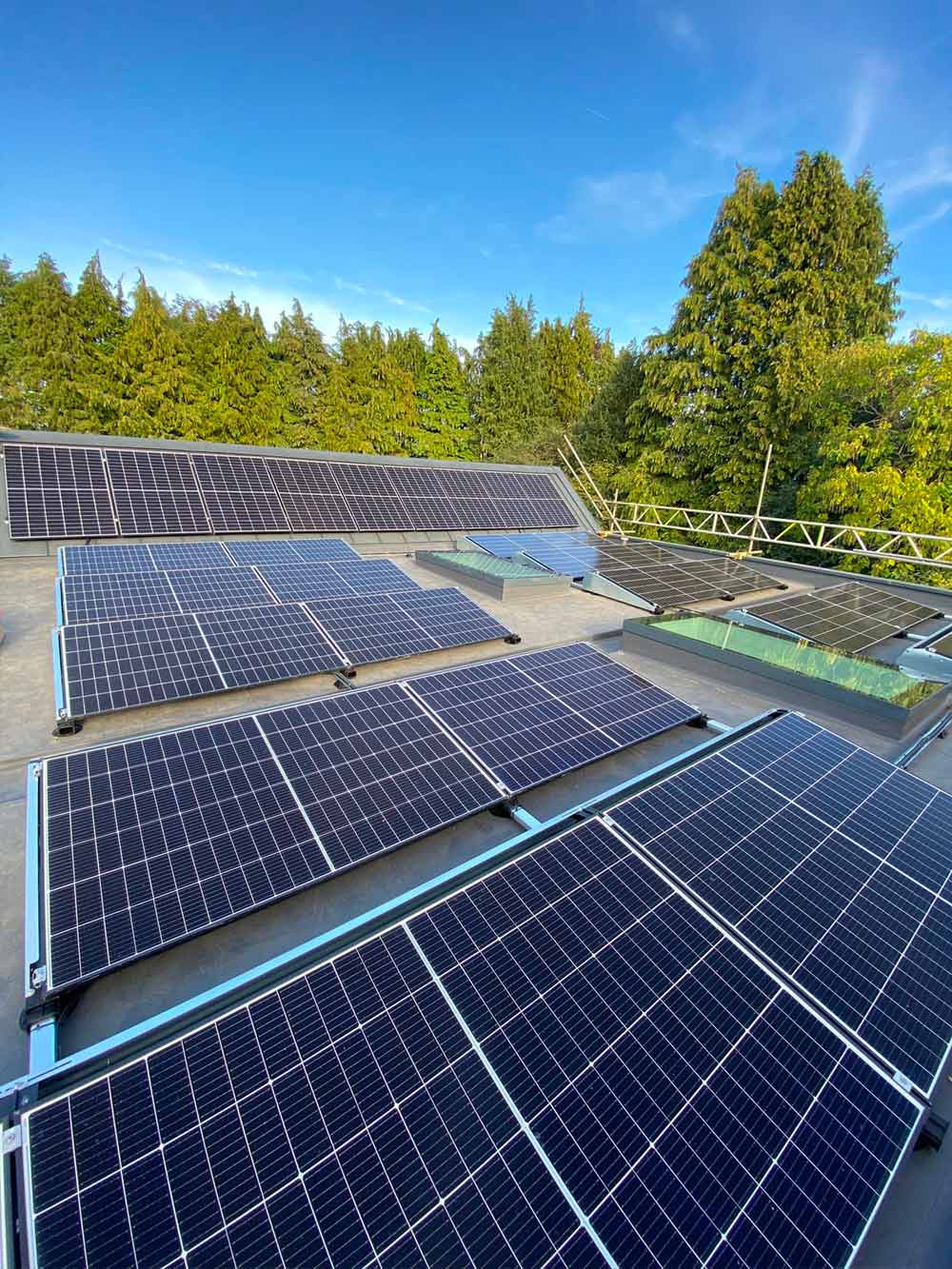Solar Battery Storage Systems for Homes
If you’re a homeowner or landlord, and are looking to make the most out of your solar PV panels, our domestic battery storage systems can help you maximise your panel’s capacity. Using stored energy in non-producing conditions (at night or raining), can dramatically reduce your electricity bills and costs, giving your home greater energy independence. Here at Solar Voltaics, we’re able to install solar battery storage as a standalone service, or what we’d recommend, as a total package including solar panels and inverters to those on the south coast.
Advanced Battery Solutions
We offer two of the most advanced battery systems on the market – Tesla Powerwall 2, Givenergy and a SolaX option for homes that have a three-phase supply to manage surplus solar power. Not only do they have excellent storage capacity and warranties, but they are designed to integrate with smart energy tariffs such as Octopus Agile and Octopus Go. By pairing these batteries with a ‘time of use’ tariff, you can significantly cut down on your energy costs.


